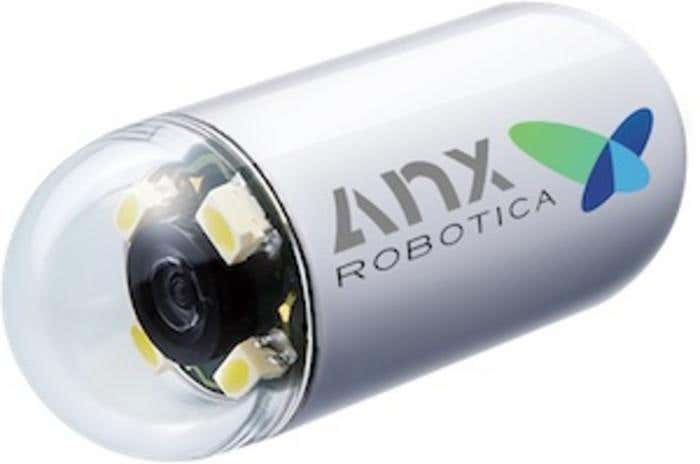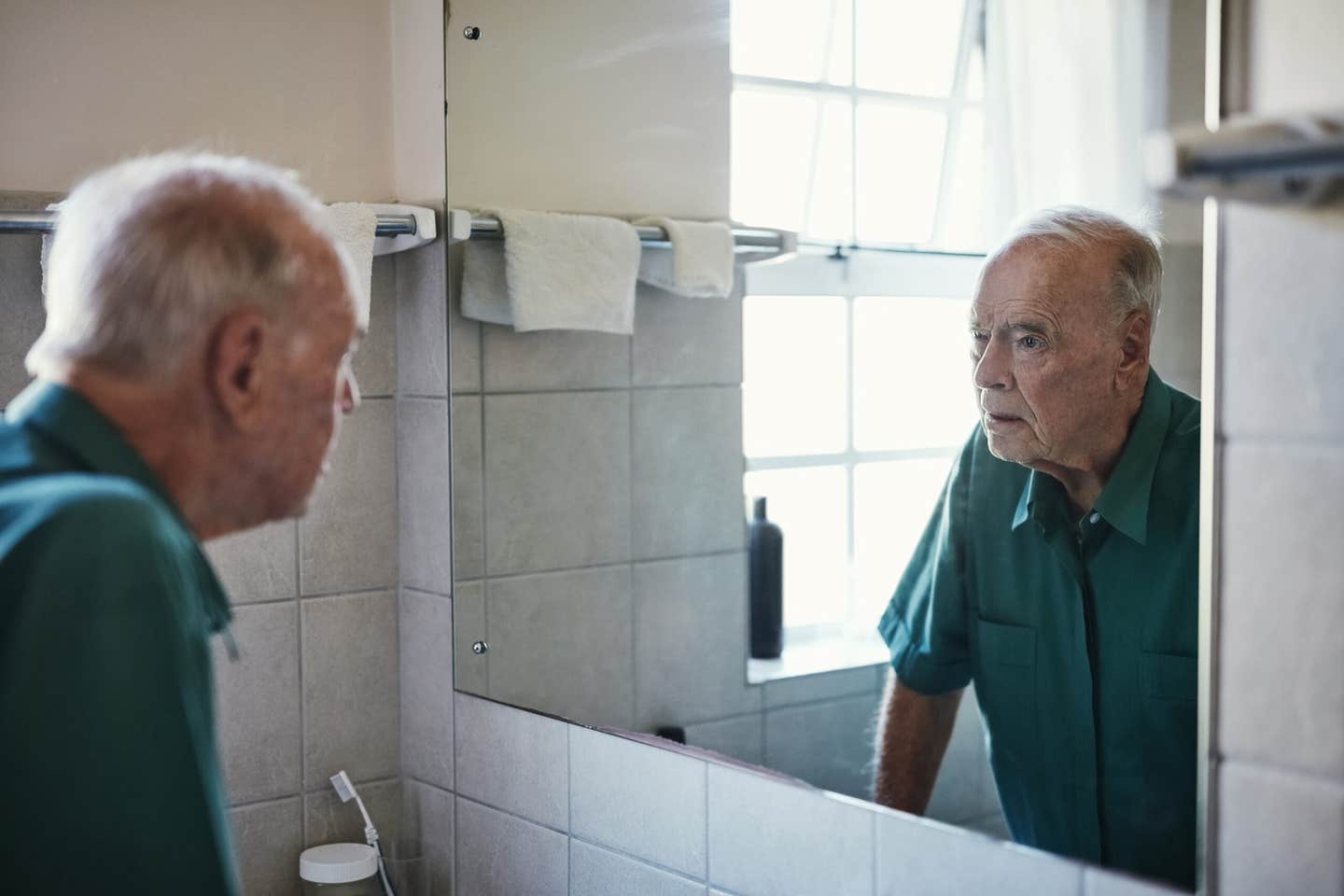Injestible video capsules show promise as a non-invasive alternative to endoscopes
A traditional endoscopy is an invasive procedure for patients, not to mention it is costly due to the need for anesthesia and time off work.

[June 2, 2023: Staff Writer, The Brighter Side of News]
AnX Robotica's capsule endoscopy system: NaviCam®. (CREDIT: AnX Robotica)
A landmark study at George Washington University has catapulted the field of gastroenterology into an era of innovative technology with the development of a magnetically controlled, ingestible video capsule endoscope. This pioneering solution is offering a breakthrough to the limitations that previously defined the use of capsule endoscopes, setting a novel paradigm in endoscopic diagnostics.
Capsule endoscopes, once resigned to passively traverse the human gastrointestinal (GI) tract, guided by the body's natural mechanics, have undergone a radical transformation. The study has paved the way for physicians to actively maneuver these miniature video capsules across the contours of the stomach, thus enabling a meticulous inspection and potential problem-spotting in all regions of the organ.
The control mechanism of this advanced technology is intriguingly user-friendly, involving an external magnet and handheld video game style joysticks that allow the capsule to navigate in three dimensions within the stomach. The technology inches closer to simulating the capabilities of traditional tube-based endoscopy, ushering a new dawn in diagnostic methodologies.
“A traditional endoscopy is an invasive procedure for patients, not to mention it is costly due to the need for anesthesia and time off work,” Andrew Meltzer, a professor of Emergency Medicine at the GW School of Medicine & Health Sciences, said. “If larger studies can prove this method is sufficiently sensitive to detect high-risk lesions, magnetically controlled capsules could be used as a quick and easy way to screen for health problems in the upper GI tract such as ulcers or stomach cancer.”
Related Stories:
Endoscopy, a standard procedure performed over 7 million times each year in the US alone, aids physicians in identifying and treating various ailments, including stomach pain, nausea, bleeding, and even cancers. Yet, despite its evident benefits, many patients experience obstacles in accessing this procedure.
Meltzer found his inspiration for the magnetically controlled capsule endoscopy after witnessing the plight of emergency room patients struggling with stomach pain or suspected upper GI bleeding, yet encountering barriers to accessing traditional endoscopy.
“I would have patients who came to the ER with concerns for a bleeding ulcer and, even if they were clinically stable, I would have no way to evaluate them without admitting them to the hospital for an endoscopy. We could not do an endoscopy in the ER and many patients faced unacceptable barriers to getting an outpatient endoscopy, a crucial diagnostic tool to preventing life-threatening hemorrhage,” Meltzer said. “To help address this problem, I started looking for less invasive ways to visualize the upper gastrointestinal tract for patients with suspected internal bleeding.”
This transformative research marks the first instance of magnetically controlled capsule endoscopy testing in the US. Meltzer envisages this breakthrough as a potential lifesaver, offering a rapid diagnosis that doesn't necessitate a second appointment for a conventional endoscopy.
Employing an external magnet, the capsule can be painlessly steered to visualize any anatomic areas within the stomach and record videos or photographs of possible bleeding, inflammatory or malignant lesions. Although the joystick-controlled maneuverability demands additional time and training, researchers are currently working on software leveraging artificial intelligence to enable the capsule's self-navigation to all stomach regions and record any high-risk abnormalities at the mere press of a button.
NAVICAM® benefits. (CREDIT: AnX Robotics)
Meltzer and his team conducted a pilot study of 40 patients using the magnetically controlled capsule endoscopy, achieving a 95 percent rate of stomach visualization. The study showcased the doctor's ability to direct the capsule to all major parts of the stomach. Moreover, the video results were easily transmitted off-site, offering versatility and adaptability in cases where an on-site gastroenterologist is not available to review the images.
In the pursuit of a comparative analysis with traditional endoscopy, participants in the study underwent a follow-up endoscopy. The innovative procedure proved its efficiency as no high-risk lesions went undetected, and 80 percent of the patients expressed preference for the capsule method over the conventional endoscopy, with no safety issues identified.
Representative capsule endoscopy images of small bowel abnormalities, including original endoscopic images and cnn-processed images. (CREDIT: AnX Robotics)
Nevertheless, Meltzer emphasized the necessity for an expanded trial with more patients to assure the method's reliability and accuracy. He noted a significant limitation of the capsule — the inability to perform biopsies on detected lesions.
This groundbreaking study, titled "Magnetically Controlled Capsule for Assessment of the Gastric Mucosa in Symptomatic Patients (MAGNET): A Prospective, Single-Arm, Single-Center, Comparative Study," was recently published in iGIE, the open-access, online journal of the American Society for Gastrointestinal Endoscopy.
The medical technology company AnX Robotica, creator of the NaviCam® capsule endoscopy system utilized in the study, funded the research, marking another progressive stride in medical diagnostics.
Note: Materials provided above by The Brighter Side of News. Content may be edited for style and length.
Like these kind of feel good stories? Get the Brighter Side of News' newsletter.



